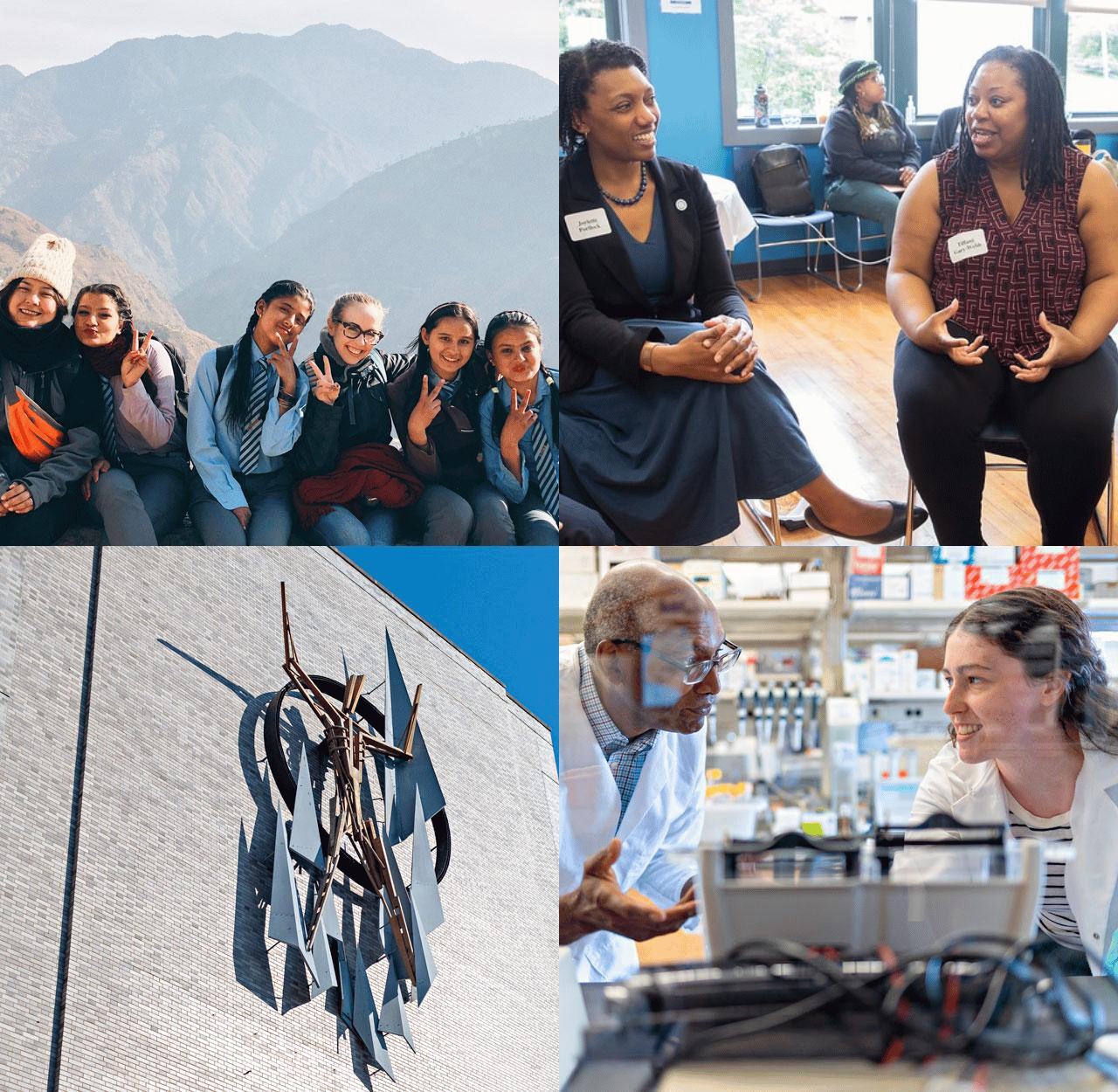
Mitigating harm with practice and policy
We offer two degrees in the environmental health sciences. The Master of Science (MS) and Doctor of Philosophy (PhD) are both designed to provide a broad theoretical and practical education for positions in academia, industry, or government. Multiple tracks help you acquire advanced training in molecular and cellular biology, toxicology, environmental epidemiology, exposome, epigenetics, gene-environment interaction, risk assessment, as well as environmental justice.
Our professional degree programs, Master of Public Health (MPH) and Doctor of Philosophy (PhD) with Concentration in Public Health Practice (PhD PHP), provide concentrations in environmental health and apply these concepts to public health practice.

This MPH provides an opportunity for students interested in environmental and occupational health to become familiar with the relevant concepts as they apply to public health practice.

This MS focuses on the theoretical underpinnings of environmental health sciences and toxicology with opportunities in interdisciplinary research.

This PhD offers advanced training on how environmental exposures affect populations with comprehensive theoretical and hands-on education.

This PhD PHP emphasizes environmental health practice, policy, or management with a focus on applied science and more practical problem solving.